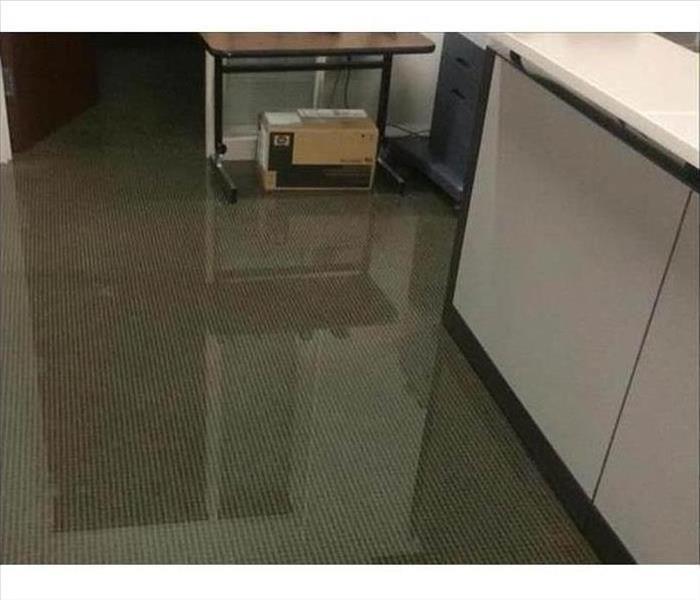How To Progress From Mitigation to Restoration
4/1/2022 (Permalink)
 If you need a flood cleanup after a storm, don't try to tackle the problem yourself. calling SERVPRO is the best solution.
If you need a flood cleanup after a storm, don't try to tackle the problem yourself. calling SERVPRO is the best solution.
How To Make the Transition from Mitigation To Restoration
Mitigation is the first step to take after a storm causes damage at a commercial building in Cape Coral, FL. In addition to limiting the severity of damage, mitigation may shorten the duration of restoration. Find out when to call a service that specializes in mitigation or a flood cleanup company.
Take Damage Management Measures
The primary goal of mitigation is to lessen the severity of damage in the hours after an incident. Depending on the cause of damage, any of the following measures may be helpful:
- Boarding up structural breaches
- Removing standing water
- Tarping over roof damage
Storm damage may introduce contaminated water into a structure. Once water has been removed, a restoration company can tear out ruined materials, clean, disinfect and dry the affected area.
Tear Out Ruined Materials
Flooding or a severe leak can destroy drywall and insulation. These substances are difficult to disinfect and pose an elevated mold risk. If a building manager or owner is not sure whether to attempt to clean or dispose of any materials, it is a good idea to consult a flood cleanup company.
Clean and Dry the Affected Area
Damage restoration professionals will use EPA-rated cleaning solutions and disinfectants to reduce the risk of mold in a structure damaged by a storm. Air movers, dehumidifiers or fans may be used to accelerate drying times.
Rebuild a Damaged Structure
Once a structure is clean and dry, restoration professionals can start to rebuild damage. Whereas mitigation takes place within hours or days, this part of the recovery process may take days or weeks.
A property owner may be able to take some preliminary steps toward mitigation, but professionals can act quickly to lessen the severity of damage. A flood cleanup company can pump out standing water, which is one of the most important mitigation measures after flooding or severe weather in Cape Coral, FL.





 24/7 Emergency Service
24/7 Emergency Service